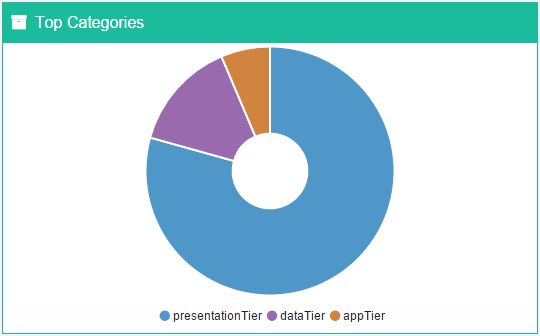| Institution: |
Gratex International, a. s. |
| Technologies used: |
C#.NET |
| Inputs: |
Source codes |
| Outputs: |
Rates attached to source code entities describing its tier associations |
Addressed problem
Modern systems usually consist of three main tiers – data, application and presentation. In large systems, it is often difficult to determine, which portion of source code belongs to which tier. Having this knowledge, one could better understand various parts of large source codes – their purpose, their role and their responsibilities. Modules could be split into smaller units with less responsibility and better specified role. If one knows, who created, edited or uses specific source code, the knowledge of tiers can help one to recognize, which team member deals with which tier.
Description
Purpose of tier recognition is to identify tiers in three-tier based systems. The recognition is performed on multiple levels - classes, namespaces, projects and others. Each code entity (class, method, field, project, etc.) is described by its child code entities in the sub level (for example a class is described by its methods), but also the code entity itself describes its child code entities (for example methods in a data tier class will most likely belong to data tier).

References
Polášek, Ivan et al.: Information and Knowledge Retrieval within Software Projects and their Graphical Representation for Collaborative Programming. In: Acta Polytechnica Hungarica. - ISSN 1785-8860. - Vol. 10, No. 2 (2013), s. 173 – 192